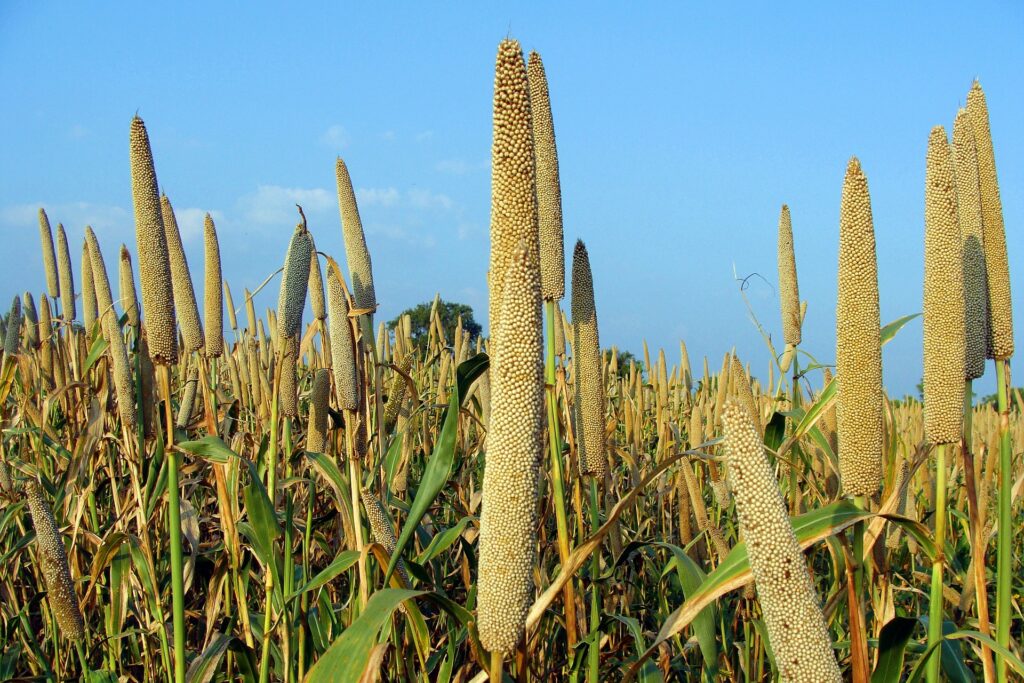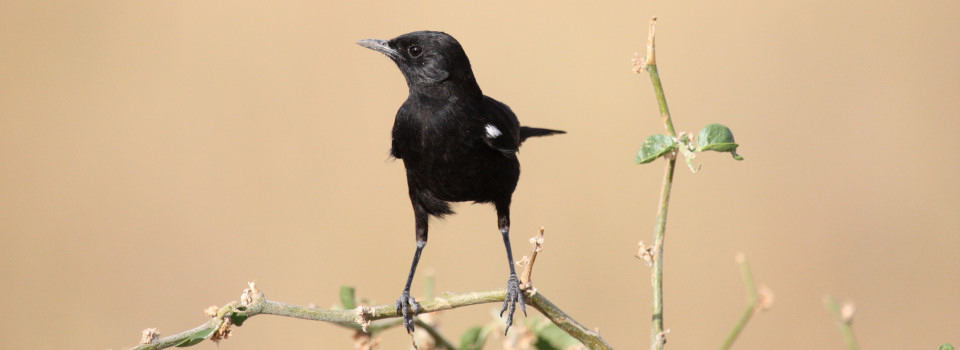
I have recently completed my research thesis on the Viability of Pearl Millet as a Climate Resilient and Nutritious Cereal in the West African Sahel. I began my work on this comprehensive review back in April, and admittedly it feels wonderful to have submitted this extensive research project. I would love to share the abstract from my report. I hope my writing inspires you to further investigate pearl millet as a climate change resilient source of nutrition, fodder, and source of income in some of the world's most arid and harsh environments. Enjoy this excerpt from my CCAFS thesis:
Pearl millet is an important cereal grain grown throughout the West African Sahel (WAS), where it is utilized as a source of nutrition, income and livestock fodder in a region facing severe levels of food insecurity and malnutrition. This review examines the current state of pearl millet in the WAS food system, with emphasis on cultural and nutritional relevance, cropping systems, pearl millet varieties, threats to production, future scenarios for continued production under near-term climate challenges, and options for arid agriculture research institutes and extension systems to implement to improve production of pearl millet in the WAS. While pearl millet yields are relatively low compared to other global cereals, this aspect of their production is offset by the crop’s ability to survive and produce reliable yields despite unfavorable soil and climate conditions across the arid region. Through increased mechanization, microdosing applications of nitrogen, phosphorus, and potassium (NPK) fertilizers, intensification of cereal-legume intercropping systems and widespread distribution of Striga and pathogen-resistant hybrid seeds, pearl millet production systems can produce higher and more reliable yields in WAS. While climate change and poverty threaten the present and future of pearl millet production, it remains a high potential crop for the arid environment and traditional food pathways across the WAS.
If you would like to read my thesis in its entirety, feel free to download a PDF version of the document below. Additionally, if you wish to further discuss pearl millet production in the WAS please email me at d.zielonko1@nuigalway.ie.
